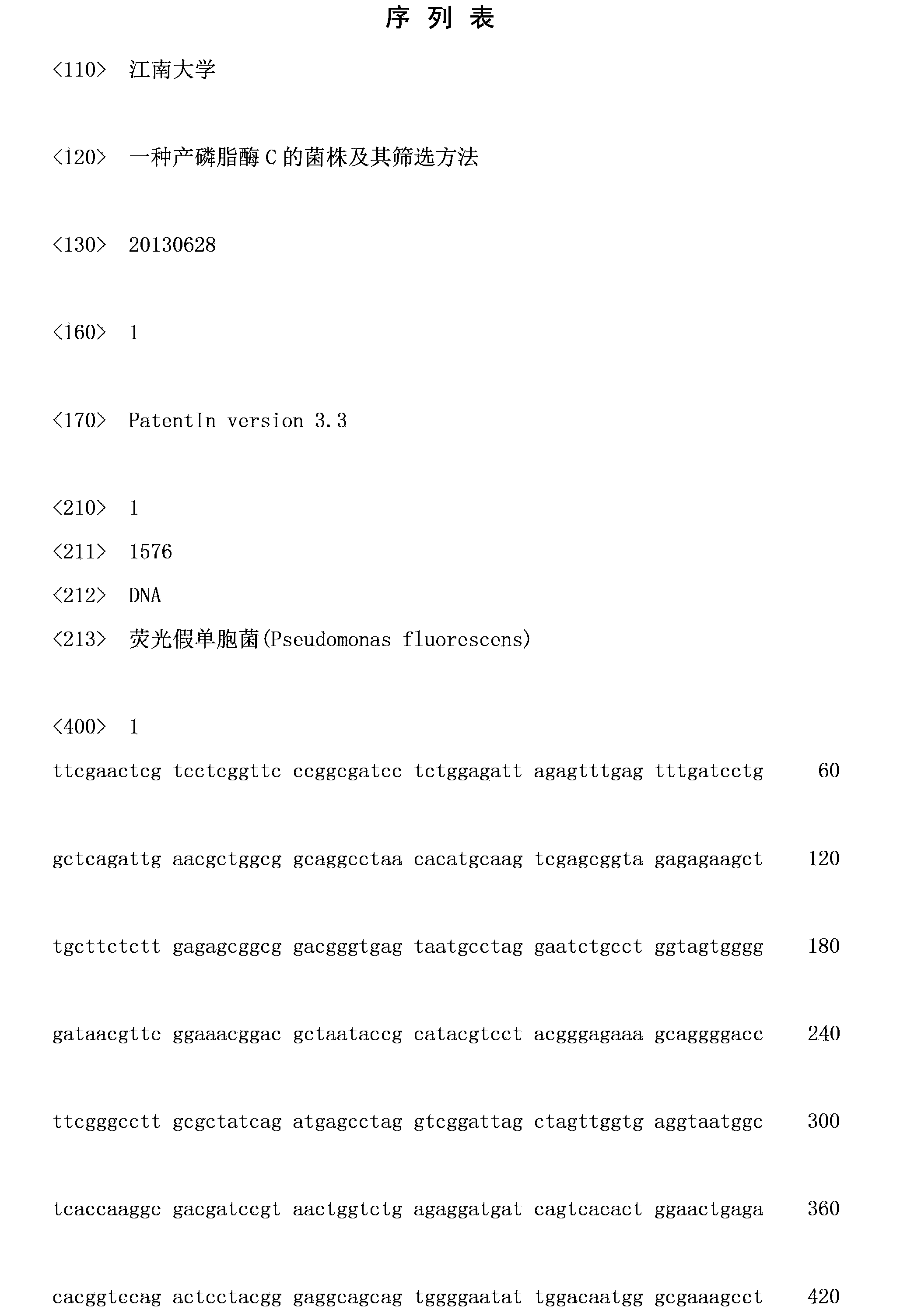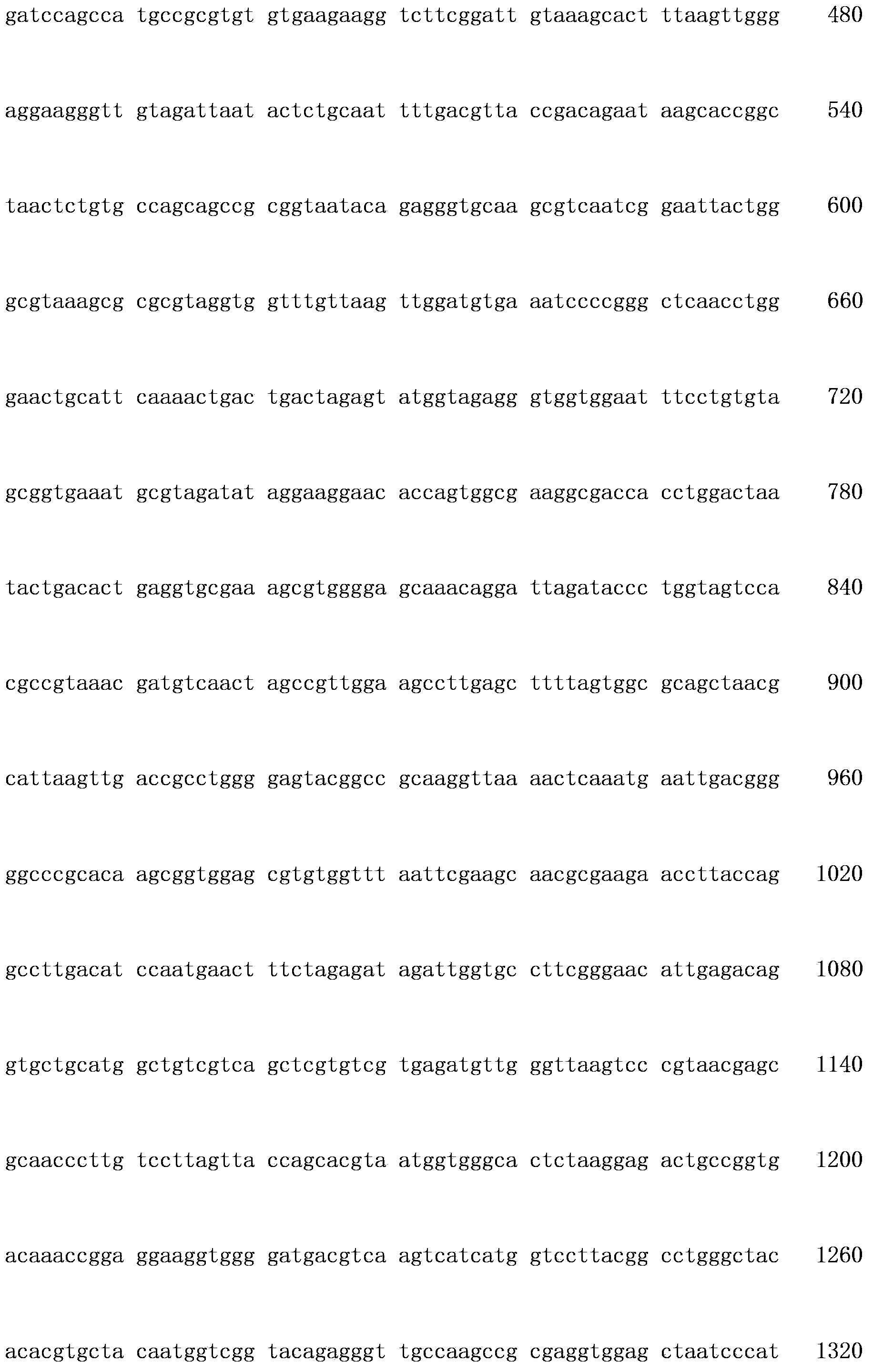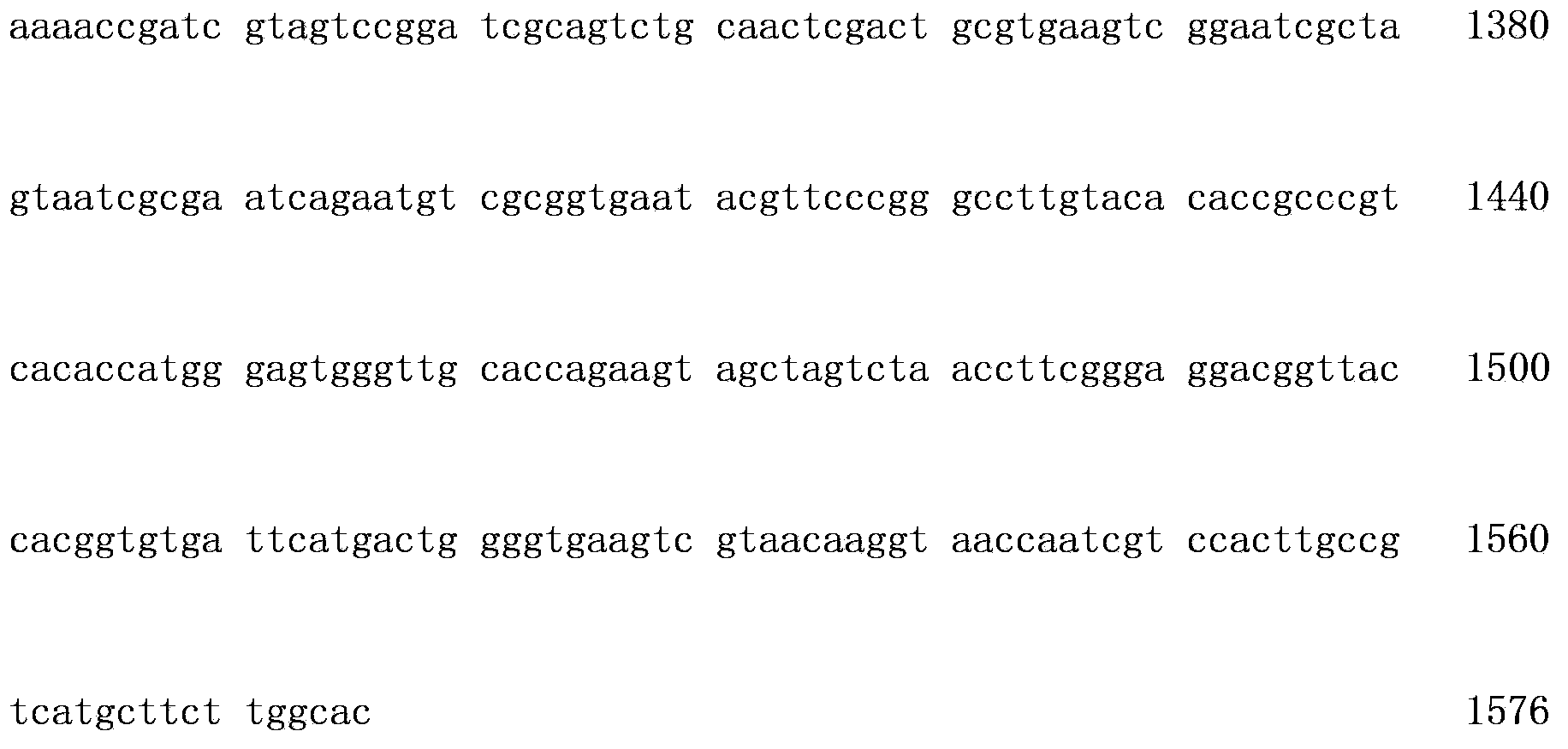Bacterial strain capable of producing phosphatidase C, and screening method thereof
A screening method and phospholipid production technology, applied in the field of microorganisms, can solve the problems of deviation of true activity, low enzyme production, interference with nitrophenol determination, etc., and achieve the effect of convenient operation
- Summary
- Abstract
- Description
- Claims
- Application Information
AI Technical Summary
Problems solved by technology
Method used
Image
Examples
preparation example Construction
[0026] Preparation of primary screening medium:
[0027] Egg yolk LB agar medium: Take 10ml of 50% egg yolk liquid and add it to 90ml of LB agar medium that has been sterilized and cooled to about 55°C, shake well while it is hot, and pour it into a plate.
[0028] Preparation of re-screening medium:
[0029]Egg yolk borax agar plate: NaCl: 0.66%, boric acid: 1.09%, borax: 0.19%, agar: 1.5%, egg yolk liquid: 10%. First weigh 1.32g of NaCl, 2.18g of boric acid, and 0.38g of borax, dissolve them in 180g of water, and adjust the pH to 7.2; add 3g of agar, heat to fully dissolve the agar, add water to the correct volume, and then sterilize. Take 10ml of 50% egg yolk liquid and add it to the borax agar liquid that has been sterilized and cooled to about 55°C, shake well while it is hot, and pour it onto a plate.
Embodiment
[0031] Embodiment: utilize the method for screening of the present invention to produce the PLC strain of the present invention,
[0032] 1. Sampling: Soil samples were collected from Shandong Luhua, Shandong Bohai Grain and Oil, Zhangjiagang Donghai Grain and Oil, Wilmar Shanghai R&D Center, and an oil factory in Taizhou, Zhejiang
[0033] 2. Screen according to the above method to obtain a PLC-producing bacterial strain, which has no lipase activity after analysis.
[0034] 3. Strain identification: Physiological and biochemical characteristics identification, 16S rDNA identification. The result is as follows:
[0035] Table 2 Physiological and biochemical characteristics of bacterial strain P.f-9103 of the present invention
[0036] serial number
Test items
result
[0037] 1
Peptone Water (Tryptophan Broth)
+
2
MR
—
3
VP
—
4
Simon's Citrate
+
5
pyocyanin
—
6
...
PUM
 Login to View More
Login to View More Abstract
Description
Claims
Application Information
 Login to View More
Login to View More - R&D
- Intellectual Property
- Life Sciences
- Materials
- Tech Scout
- Unparalleled Data Quality
- Higher Quality Content
- 60% Fewer Hallucinations
Browse by: Latest US Patents, China's latest patents, Technical Efficacy Thesaurus, Application Domain, Technology Topic, Popular Technical Reports.
© 2025 PatSnap. All rights reserved.Legal|Privacy policy|Modern Slavery Act Transparency Statement|Sitemap|About US| Contact US: help@patsnap.com



